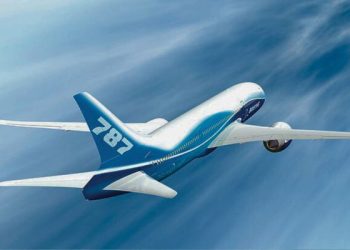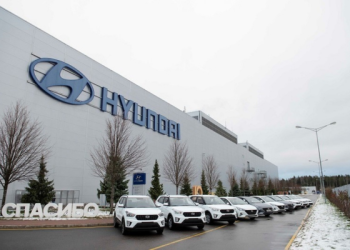The engineering world has reached a new milestone with the completion of the 1915 Çanakkale Bridge, now hailed as the world’s longest suspension bridge.
A monumental achievement
Stretching majestically across the Dardanelles Strait, this architectural marvel not only symbolizes a physical connection between Europe and Asia but also marks a significant reduction in journey time, slashing it by 93%.
A vision realised

Constructed over five years by Turkish and South Korean companies, the bridge links Gelibolu in European Turkey to Lapseki on the Asian side, at a cost of $2.7 billion. This investment has drastically cut the travel time between the two continents from a cumbersome hour and a half ferry journey to a swift six minutes by car.
A symbol of unity and strength
Turkish President Recep Tayyip Erdogan, at the bridge’s inauguration, proudly declared, “Turkey has overtaken Japan, which has the longest bridge in the world in terms of the midspan, and has taken the first place.” His words underscore the national pride and achievement represented by this bridge.
South Korean Prime Minister Kim Boo-kyum reflected on the bridge’s deeper significance, saying, “The 1915 Canakkale Bridge will leave this history of collision and conflict behind and will be a bridge between East and West, starting a new era of peace and prosperity.”
Symbolism in design
The bridge is not just an infrastructure feat; it is steeped in symbolism. Its length of 2,023 meters pays homage to the year 2023, a centennial celebration of the Turkish Republic’s founding. Additionally, the towers’ height, standing at 318 meters, commemorates March 18, a day of national remembrance for those who fell during the Gallipoli campaign.
The challenge of bridging the Amazon
In light of this engineering triumph, questions arise about the feasibility of similar projects in other parts of the world. The Amazon River, for instance, poses a unique challenge. Walter Kaufmann, Chair of Structural Engineering at ETH Zurich, explains, “There is no sufficiently pressing need for a bridge across the Amazon.” Given its varying width and the sparse population in adjacent areas, the Amazon does not present the same logistical necessity as the Dardanelles Strait.
The Amazon’s unique challenge
The vast and unpredictable Amazon, with widths fluctuating between two to thirty miles, stands in stark contrast to the relatively narrow and strategically significant Dardanelles Strait. This disparity highlights the unique challenges and considerations that go into such grand engineering projects.
Conclusion
The 1915 Çanakkale Bridge is not just a testament to human engineering prowess but also a beacon of hope for a more connected and peaceful future. As it stands tall, bridging two continents, it reminds us of the power of innovation and collaboration in overcoming geographical and cultural divides.





















